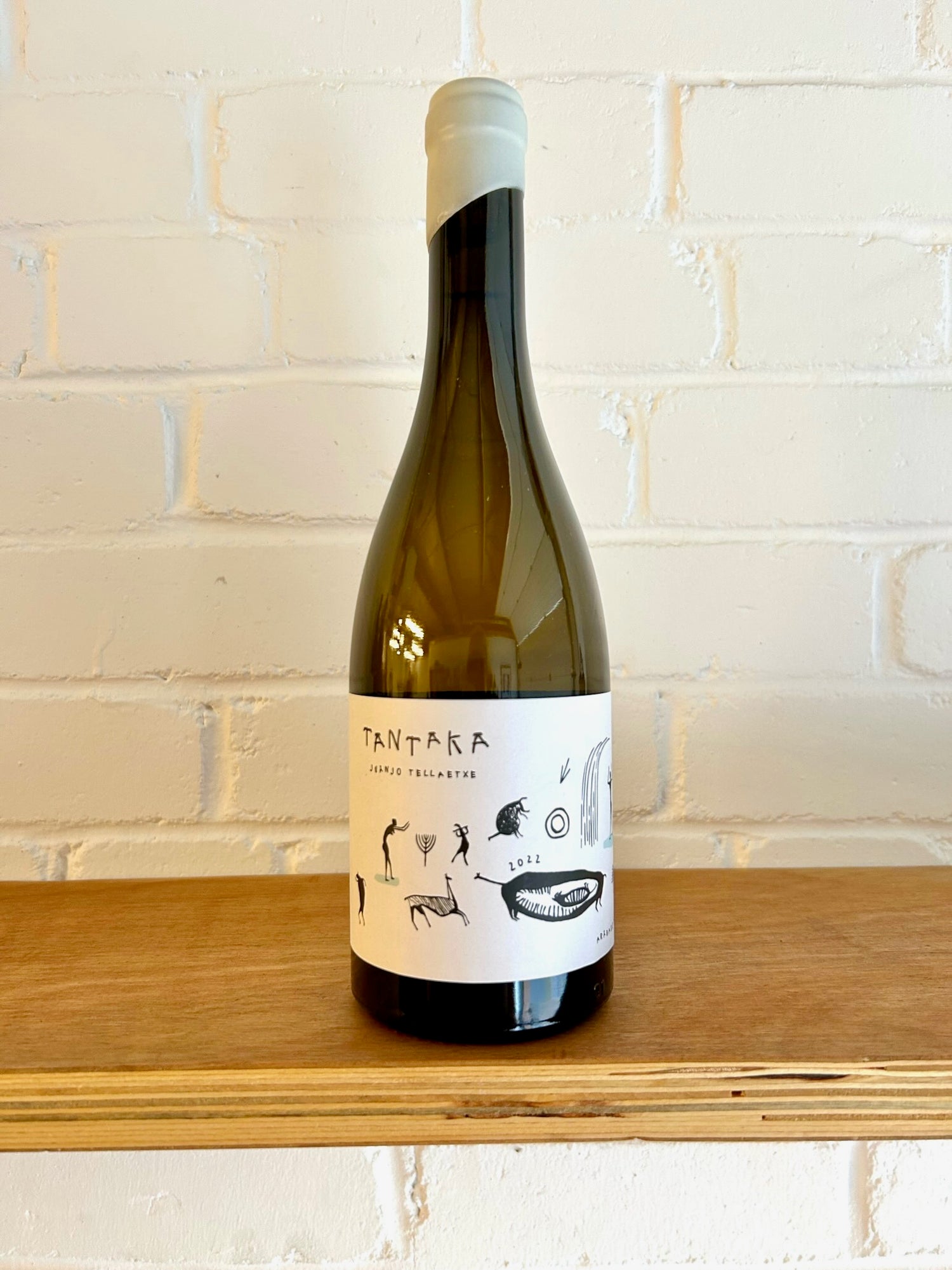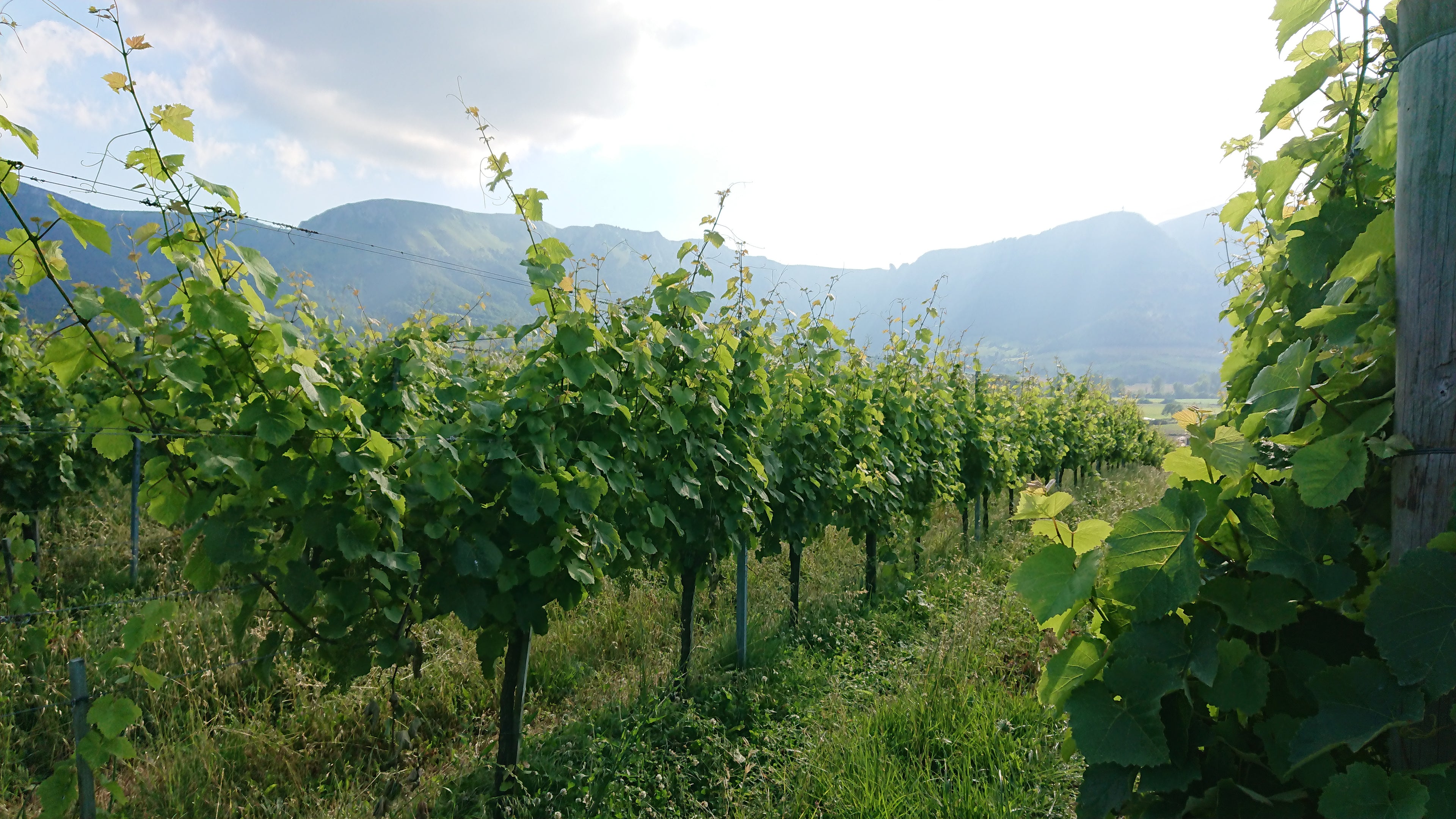
What is Biodynamic Wine?
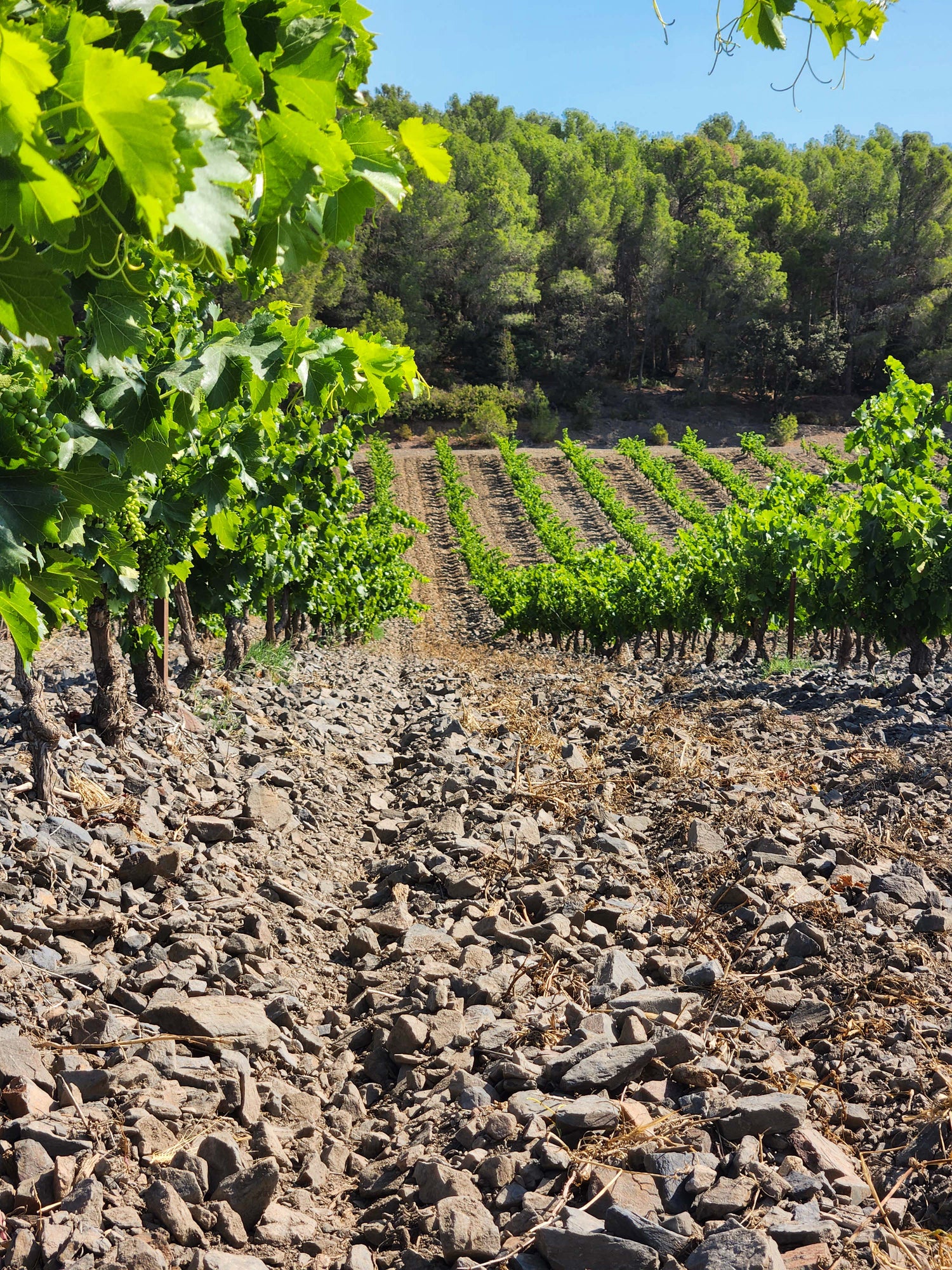
Biodynamics, a system invented by the Austrian polymath Rudolf Steiner, could easily be dismissed as bonkers were it not for the fact that many of the world’s so-called “greatest” wines - with nothing to do with the natural wine scene - are made from biodynamically farmed grapes, not to mention cheese made from cows pastured on biodynamic grass and other crops grown in the same fashion. These farmers have seen the results for themselves and decided that biodynamically grown crops are simply better.
We ourselves have seen it as we visit and observe our growers - for example in the evolution of a vineyard from conventionally, chemically farmed, to organically farmed and then to biodynamically farmed. Soil health, biodiversity and crop health are all improved over time. Some of my favourite conversations with growers have been around the subject of worms and soil health!
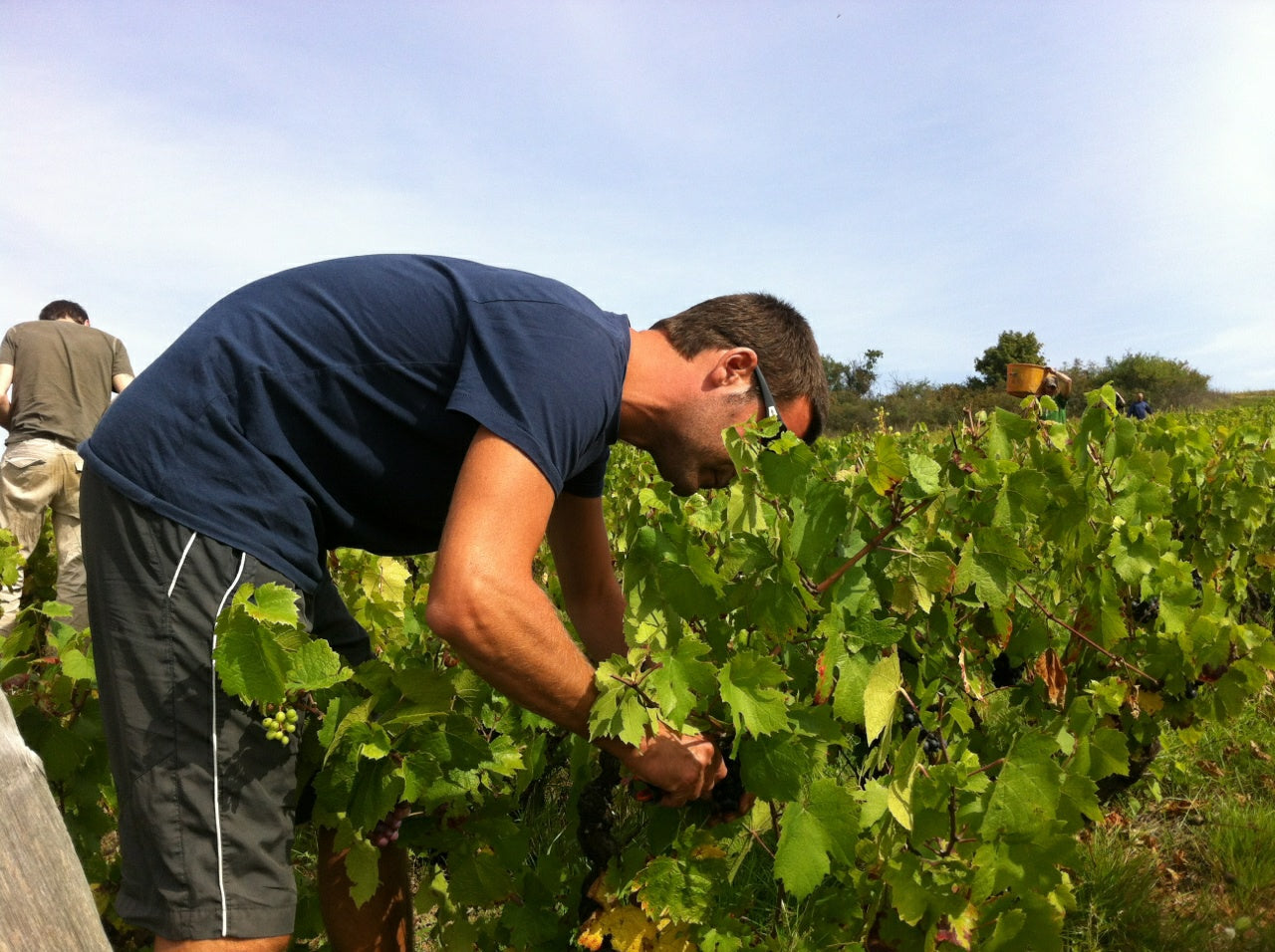
Scientists do though have a problem with a lot of the jiggery pokery in biodynamics - the potions,the adherence to a lunar calendar, the burying of cow’s horns, the “dynamising” of liquids from which biodynamics gets its name. Despite this, it is acknowledged that a biodynamically farmed vineyard is one in which the farmer is present and spends a large amount of their time with their feet on the ground. At the very least it encourages a degree of engagement with their crop which other agricultural systems ( organics included ) simply do not require.
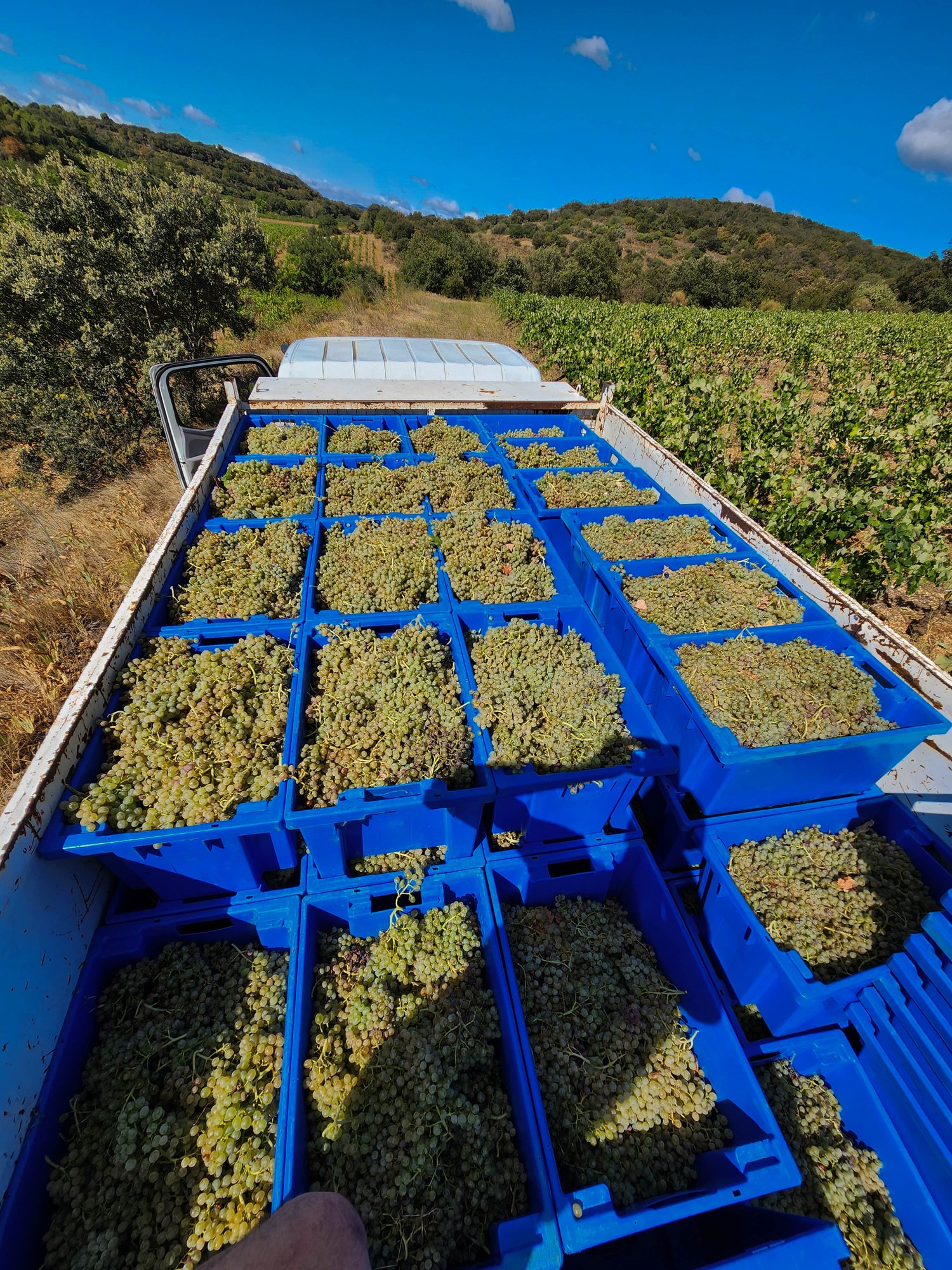
Many of our producers incorporate biodynamic practices into their growing without going the full monty, some of these then end up converting totally as they see the benefits in front of their eyes and in their glass. What almost never happens is that producers go the other way - after decades of wine tasting I understand this and can see the benefits in the glass once a biodynamic vineyard has established itself and is a robust, living ecosystem.
Biodynamic farming still permits the use of copper and sulphur as fungicides, but these are used less and less frequently as the vines and vineyard environment strengthen over time. The aim is to create a healthy ecosystem in which common vine problems and diseases occur less and less frequently due to the vigour of the vines.
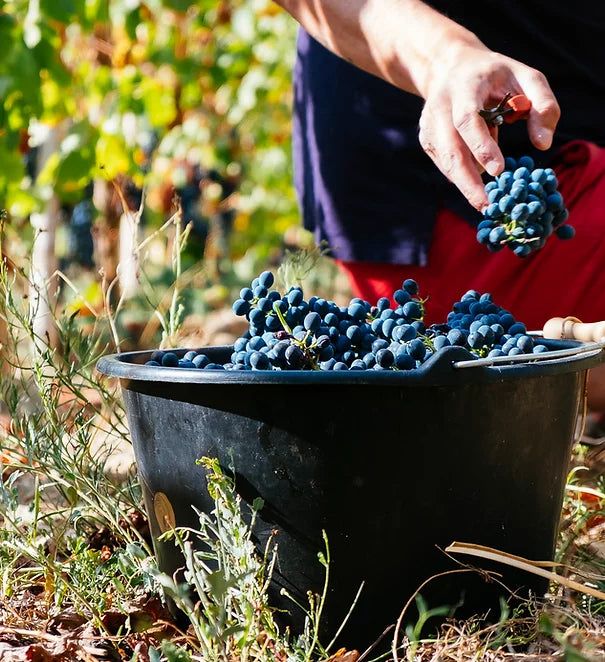
Some of the “magic” of biodynamics is in the form of preparations, each with a number, that are added in fairly homeopathic quantities to water and then “dynamised” ( stirred ) into them before being sprayed on the vines. Some of these include:
- Preparation 500: cow manure fermented in a cow horn, buried and then overwintered in the soil, then sprayed on the vines
- Preparation 501: ground quartz, mixed with rainwater and packed in a cow’s horn, buried in spring and dug up in autumn before being sprayed on the vines
- Preparation 503: fermented chamomile flowers applied to compost
- Preparation 508: horsetail ( the plant! ) made into an infusion and sprayed to counter fungal disease
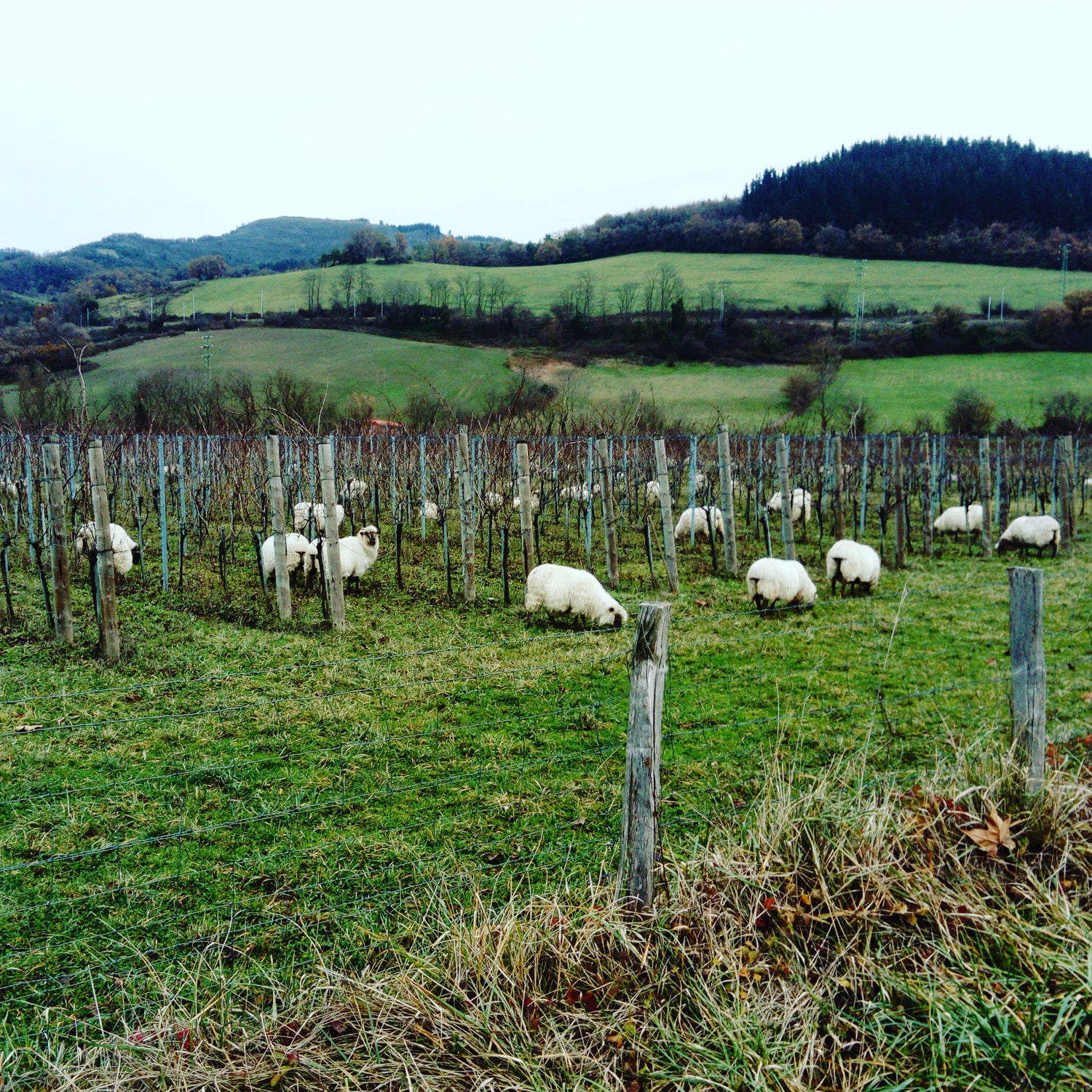
Biodynamics also encourages the vineyard ( or farm ) to be considered as a closed, sustainable system, and ideally manure should come from animals living on the farm rather than being brought in from elsewhere. This can often be difficult for producers but many of our growers have sheep, cows, goats and chickens on their land, with livestock being allowed free reign to roam through the vineyards for a period of several months after harvest.
The above just touches on the surface of what is a huge subject - we are happy to share more, just get in touch or have a look at our Blog from time to time!
